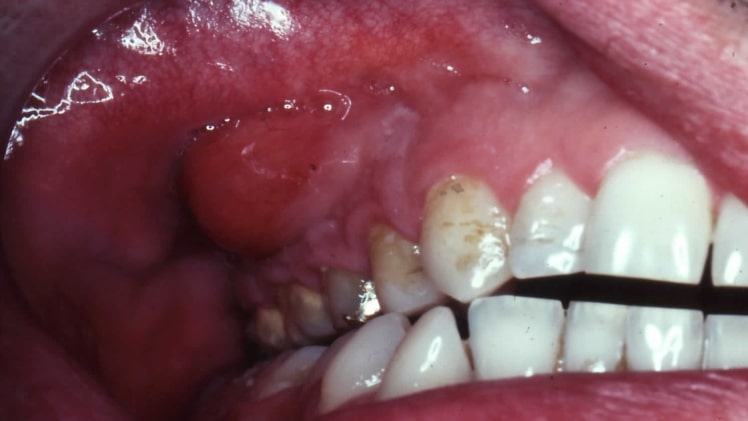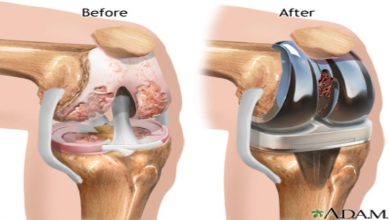How To Treat And Prevent Tooth And Tooth Infections

Tooth abscesses and tooth infection are not fun to deal with. But you don’t want to rely on just any professional for treatment. This is why you need to learn about tooth abscesses and tooth infections, so you can take charge of the situation when it happens.
Prevention is the best medicine and that goes for developing an abscessed tooth as well. After you’ve had your teeth cleaned by a dentist or hygienist, there are three easy steps you can take to ensure good dental health: brush twice daily, floss daily, and see your dentist for regular check-ups!Click here for more about Webtoon xyz
Tooth abscesses, also called periapical infections, are painful and can damage a tooth. Numerous situations can lead to an abscess developing, including an injury in the mouth, an impacted tooth, and money that has been lost in a gambling game. If you find yourself suffering from one of these scenarios, you’ll want to know how to treat tooth abscesses as soon as possible.
click here for more About Sw418
What Causes A Tooth Abscess?
The cause of tooth abscesses is usually related to the condition of the tooth. The most common cause of tooth abscess is a fracture in the crown of the tooth. This can occur when a person bites down too hard on a piece of food or a drink, causing it to break off and become embedded in their gum tissue. The broken piece can then get stuck under the gum line and cause an abscess.
Another common cause of tooth abscesses is severe periodontal disease, which occurs when plaque builds up around the root surface of your teeth, creating an environment that is hostile to good oral hygiene. Plaque can irritate the gums, leading to redness and swelling that may become infected if left untreated.
If one or more teeth are missing because of decay or trauma, then an abscess can form underneath those areas due to inflammation caused by bacteria getting into soft tissues underneath your gums.
Other causes include injury to the teeth from trauma such as hitting them with your tongue while sleeping; tooth-root decay or infection; dental procedures such as root canal therapy; damage from acid erosion; and even other diseases like diabetes.
How Can I Prevent A Tooth Abscess?
Tooth abscesses are usually caused by a bacterial infection. It’s important to treat them quickly because they can become serious if left untreated. A tooth abscess may cause pain and swell in the area around the tooth. You may also see blood or pus near the affected tooth.
The best way to prevent a tooth abscess is by taking care of your teeth properly — brushing and flossing daily, rinsing with mouthwash after eating certain foods, and visiting your dentist regularly for cleanings and checkups. If you have a lot of gaps between your teeth or periodontal disease, talk to your dentist about what treatment options are available for you.
Symptoms of a Tooth Abscess or a Tooth Infection
A tooth abscess is usually painless at first. But it can become painful suddenly — especially if you bite down on something that irritates your teeth or gums. You may also feel tenderness in your jawbone, especially if your tooth has been removed. Tooth infections don’t always cause pain because bacteria may invade deep beneath your gums and spread throughout your body before causing symptoms (also known as tertiary periodontitis). If you have an infected tooth, you may get an abscess from time to time without realizing it. One way to tell whether you have an abscess is by examining your jawbone under a microscope.
Tooth abscesses or tooth infections are common yet serious problems that require prompt attention. The symptoms of a tooth abscess or a tooth infection include:
Redness around the affected tooth
Bad breath
How Is A Tooth Abscess Treated?
Tooth abscesses are painful, and they can be serious. But they’re not as dangerous as they seem when they’re first discovered.
If you think you have a tooth abscess, it’s best to get it checked out by a dentist right away. If the tooth is infected, the infection will spread to other nearby teeth and can lead to permanent damage.
The first step in treating an abscess is making sure that the infected tooth is stable enough for a dental procedure. If your tooth has already been damaged by decay or another problem, then it’s too late for a root canal or other surgery to save it; instead, you’ll need to extract the tooth and go on with your treatment plan.
If there’s no tooth pain or swelling because of your abscess, then you can probably go home after one visit with an oral surgeon or doctor of dentistry (DDS). You’ll need a follow-up appointment at least once every week for about two weeks until your abscess goes away on its own — or until your dentist decides that it needs further treatment (for example more antibiotics).




